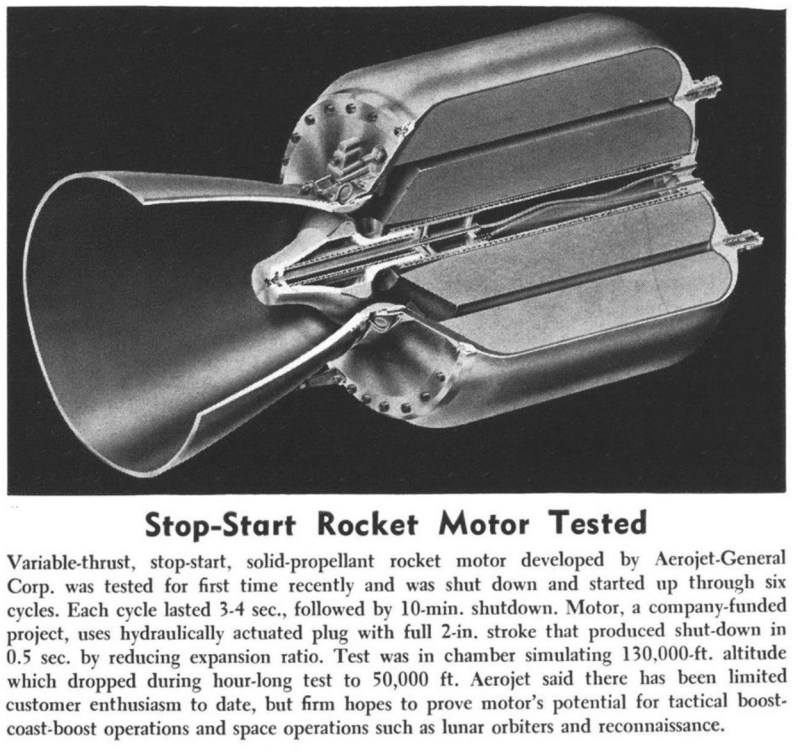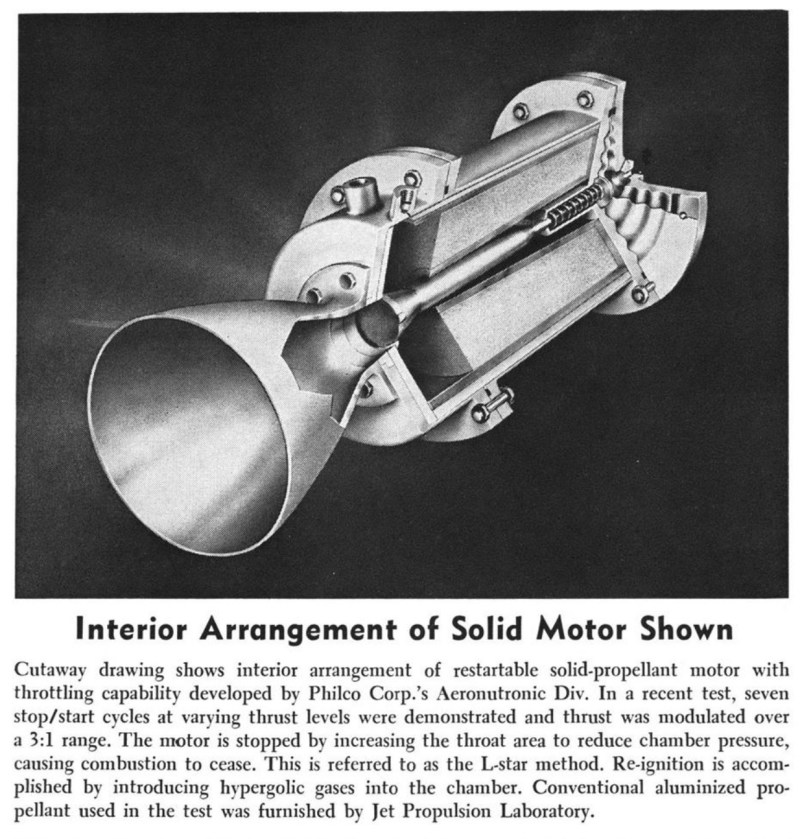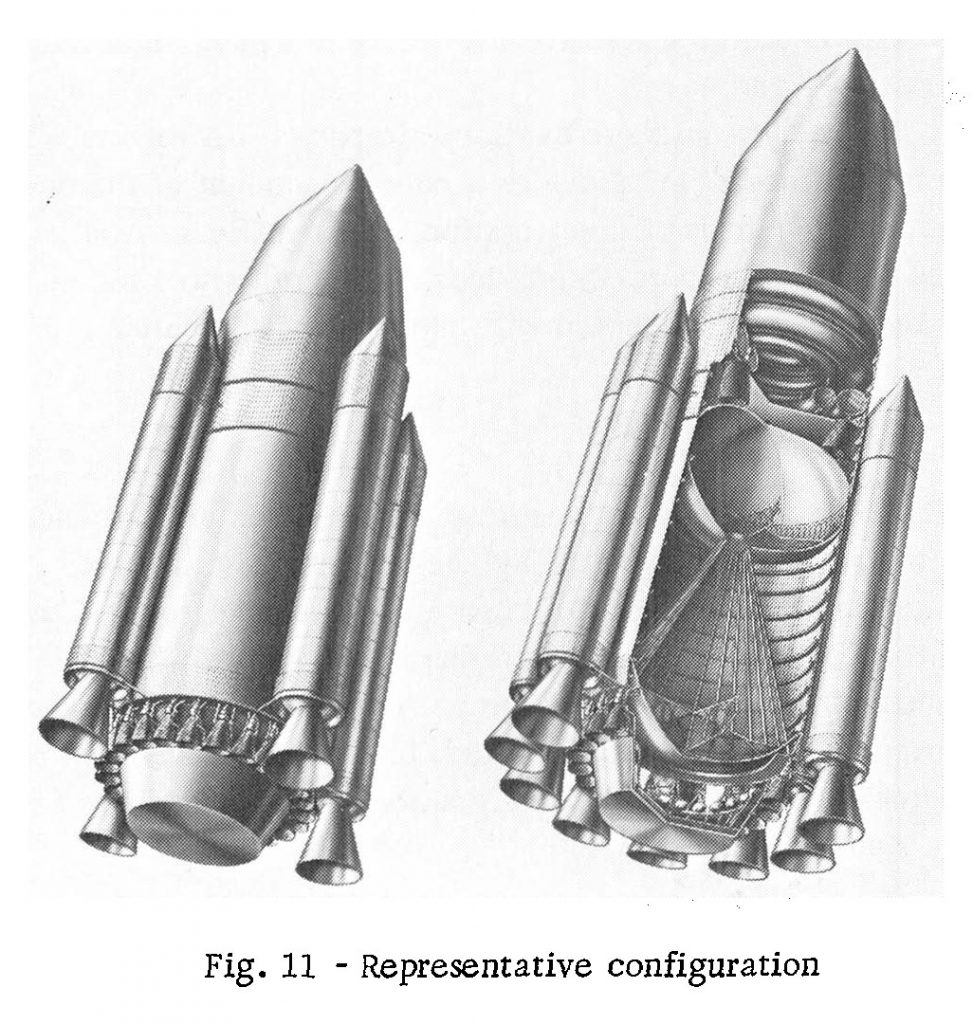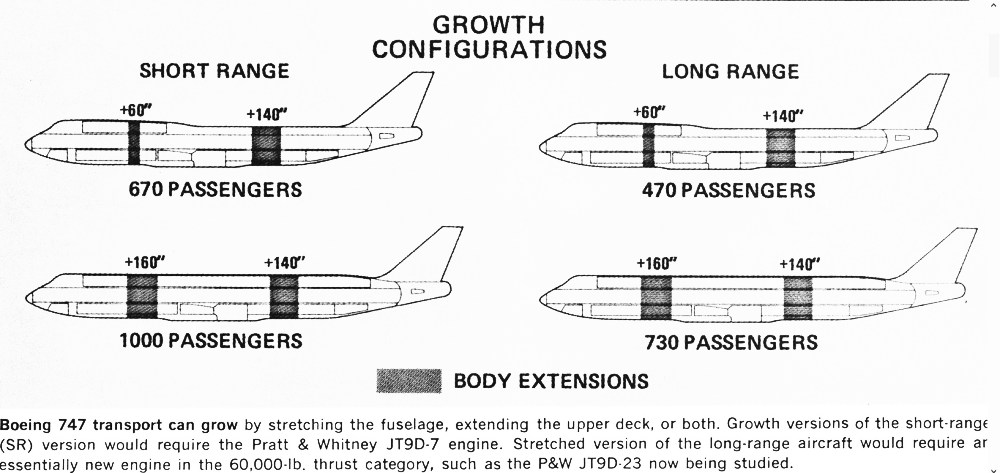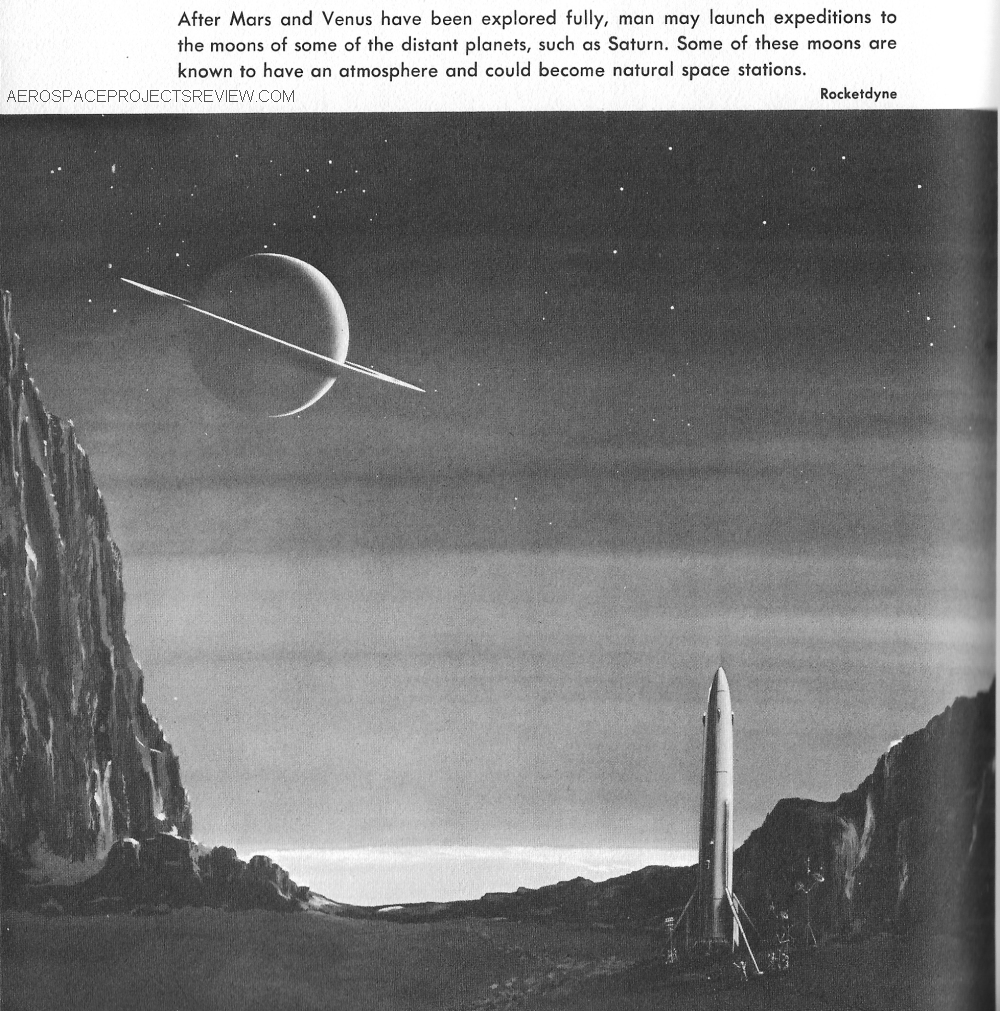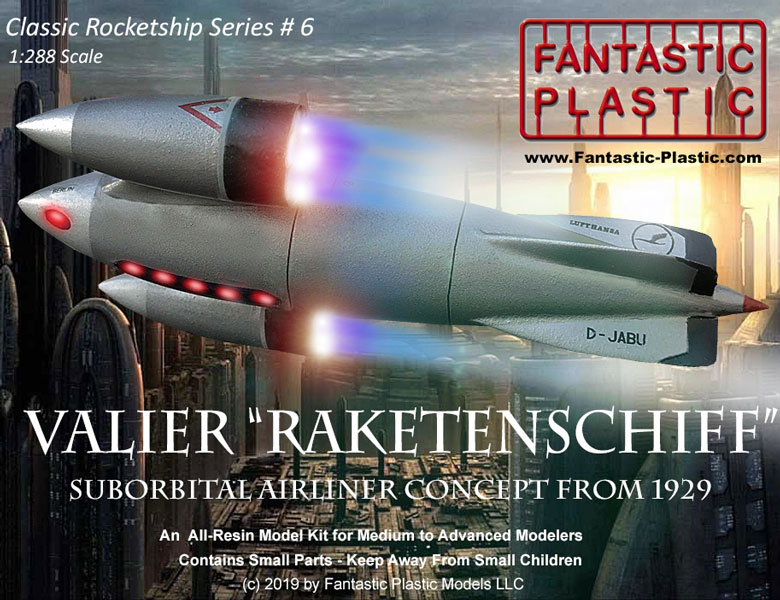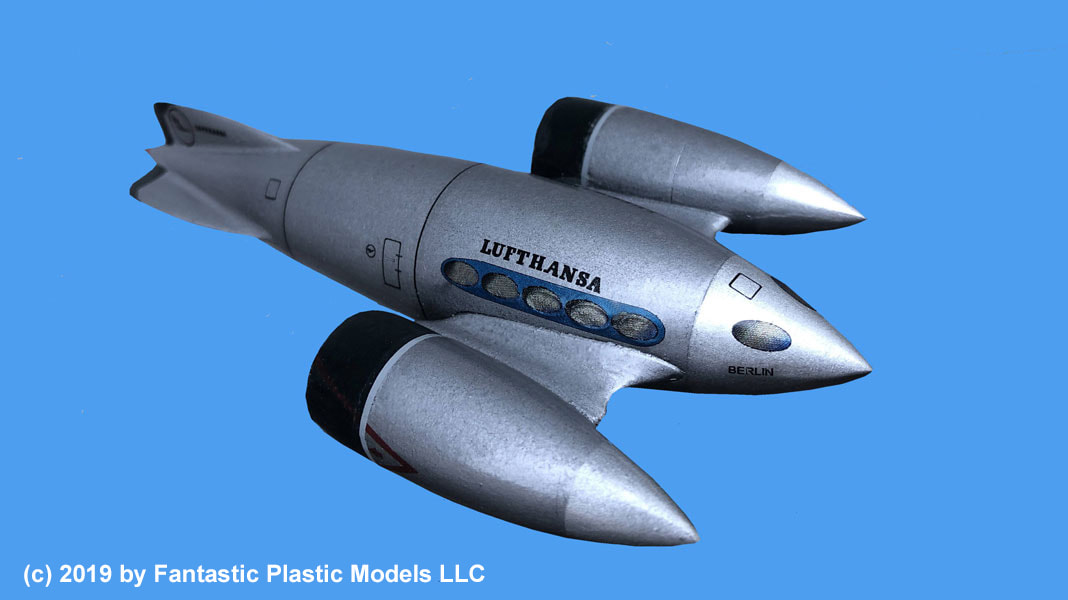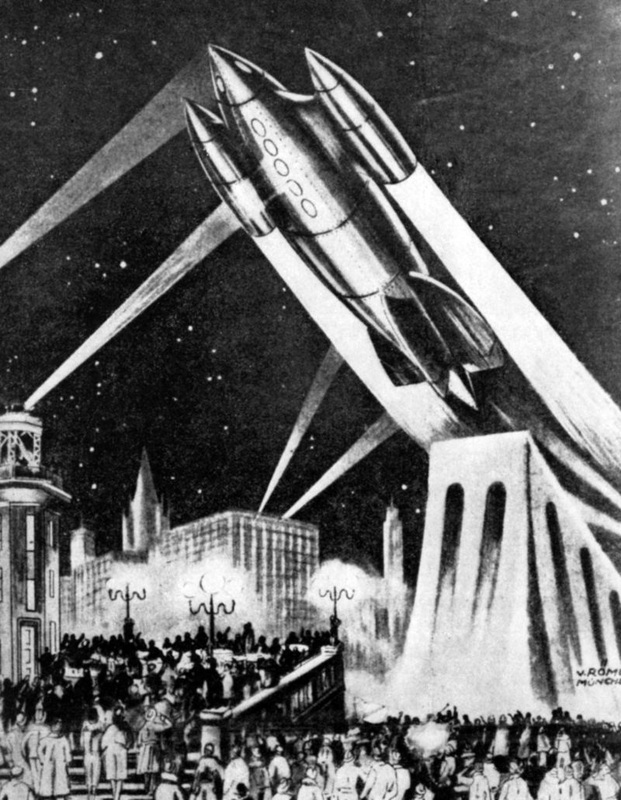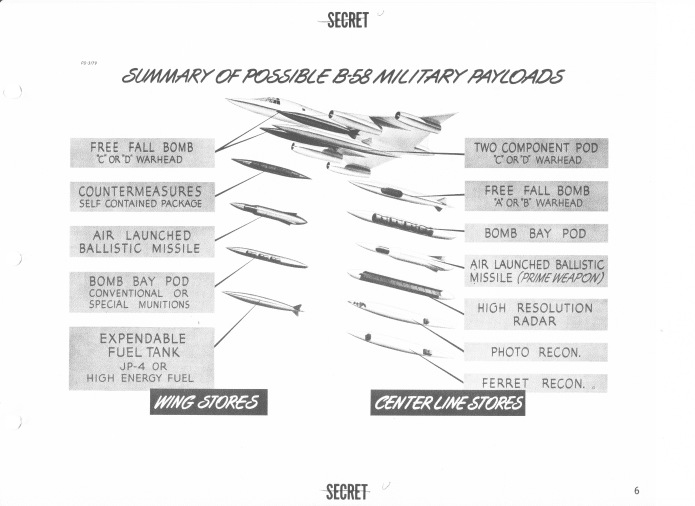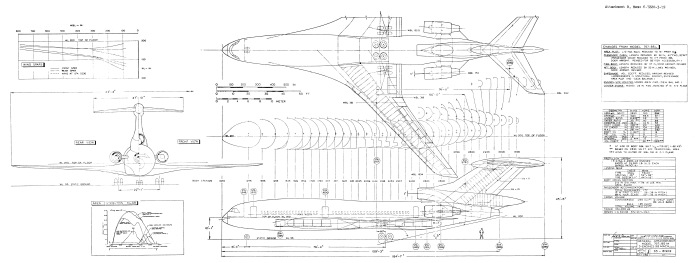(I thought that I had posted something about this before, but an exhaustive five-second search didn’t pull it up)
In the mid-1960’s the US Air Force became interested in solid rocket motors that you could not only throttle on command but also stop and then start again. Motors like this would, it was assumed, be quite useful for ICBM upper stages, varying the range of the missiles as well as tinkering with the otherwise ballistic – and thus predictable and interceptable – trajectories of the warhead-carrying bus.
The usual accepted wisdom holds that solid rocket motors cannot be stopped once started. This is quite wrong: you can stop them by flooding them with an inert fluid such as water, but this of course requires a pretty substantial mass of an otherwise useless substance. Or you can “blow them out” by suddenly greatly increasing the total throat area. If you can drop the internal pressure by several tens of thousands of PSI per second, the combustion zone will lift off away from the surface of the propellant far enough that the propellant will cease to boil and combust, and the motor will shut down. It can then be restarted by firing off another igniter, similar to the one originally used to get the motor going.
Several US rocket companies responded the the USAF. Shown below are two small Aviation Week articles describing two motor designs put forward. Both operated using an adjustable pintle: basically a plug that *almost* fills the throat. When closed down the throat area is low, and the chamber pressure is high; as the pintle moves away from the throat, the throat area very quickly gets far greater and chamber pressure drops. Done quickly and with full contraction, the combustion should cease; done slowly, with shorter strokes, the throat area will change less drastically and the motor can be throttled up and down. Testing showed that the idea worked as advertised. But the motors had all the performance of a solid rocket with all the cost of a liquid, with all the weight of a forklift added on; it simply wasn’t a practical solution. Storable liquid propellant rockets are more typically used on the upper stages of ICBM for fine trajectory control. Pintle nozzles are, however, often used on solid propellant kinetic kill vehicles.
